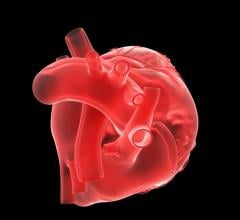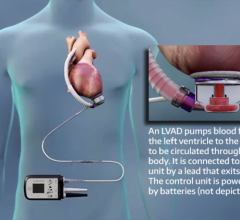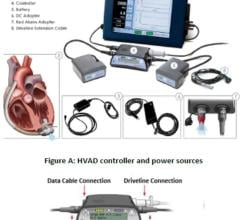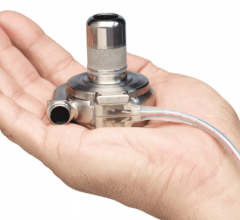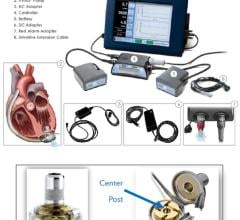April 13, 2011 – The American College of Cardiology Foundation (ACCF), American Heart Association (AHA) and the Heart Failure Society of America (HFSA) have released results of a recent survey to determine the current staffing environment of heart failure (HF) clinics and offices focused on heart transplants.
Historically, there have been no published recommendations about the staffing needs for health centers that focus on either HF and/or heart transplant. The goal of the online, jointly-sponsored survey was to understand the current staffing environments of HF, transplant and mechanical circulatory support device (MCSD) programs in the United States and abroad. The survey was conducted among the memberships of the three organizations who had identified themselves as interested in HF, heart transplant or both.
“Heart failure and transplant/VAD (ventricular assist device) programs around the country and the world are struggling to find the right mix of clinicians and other health professionals to manage this increasing population of patients with heart failure,” said Mariell Jessup, M.D., professor of medicine at the University of Pennsylvania, associate chief – clinical affairs, cardiovascular division of medicine, medical director of the Heart and Vascular Center at Penn Medicine, and lead author of the report. “There is likewise an increased scrutiny of heart failure care, policies and quality in the United States. Thus, there are many questions and concerns about the types of clinicians needed to deliver cost-effective and optimal care.”
According to Jessup, this is the first survey of its kind, to the three organizations’ collective knowledge, and was created to answer questions about appropriate staff numbers for heart failure and transplant programs.
Among the key findings of the survey was the conclusion that staff ratios of physicians, nurses and advanced nurse practitioners stayed the same as programs grew in size. This indicated that the healthcare professionals who provide the highly skilled, specialized and time-consuming care to this population are under constant and intense scrutiny trying to meet quality improvement initiatives and with reduced financial resources. Other survey findings concluded that more VADs are currently being done than heart transplants and the majority of programs currently in place had relatively small staffs.
“This survey attempted to understand what the current staffing levels of such programs are and what the numbers of patients cared for by these staff were,” said Jessup. As a result, she and her colleagues believe that the results can be viewed as the first step towards establishing standards for staff ratios.
The report will be published in the May 17, 2011, issue of the Journal of the American College of Cardiology, as well as Circulation: Journal of the American Heart Association and the May 2011 issue of the Journal of Cardiac Failure.
For more information: http://cardiosource.org/ACC


 June 19, 2024
June 19, 2024 
